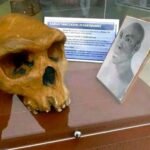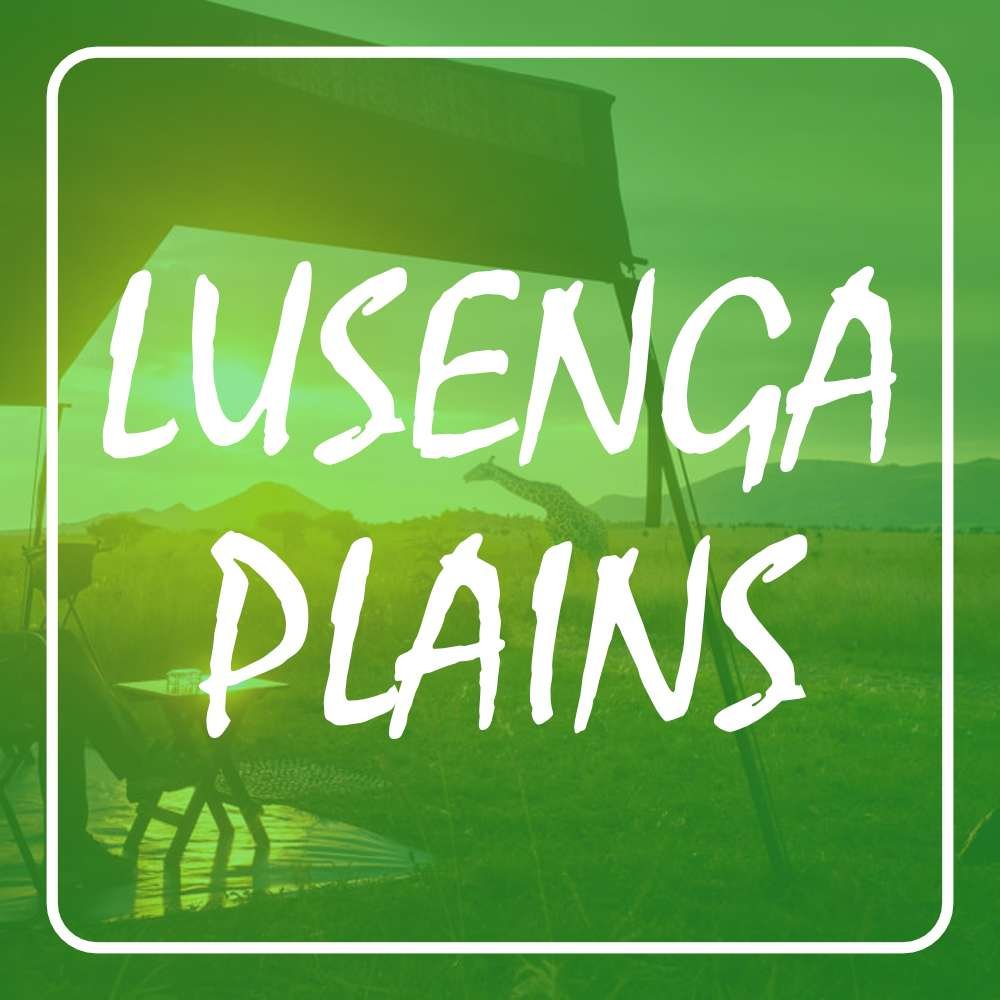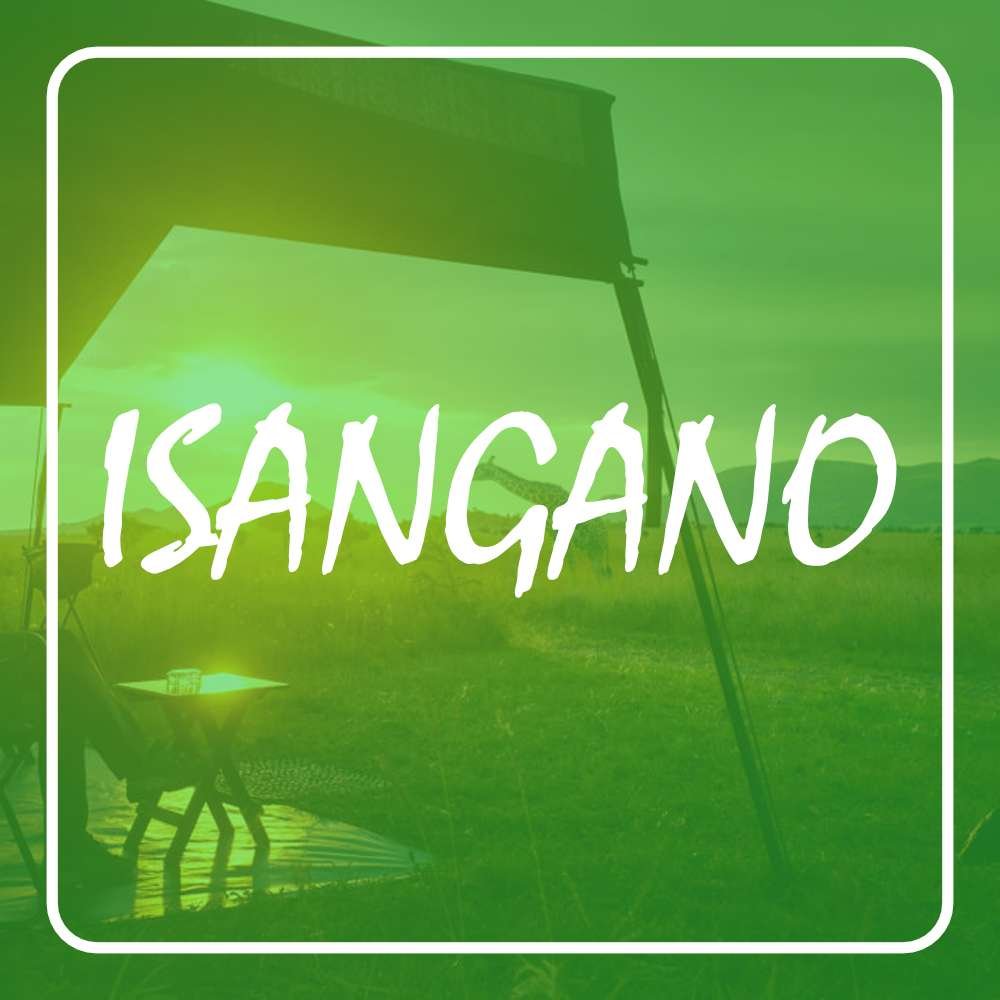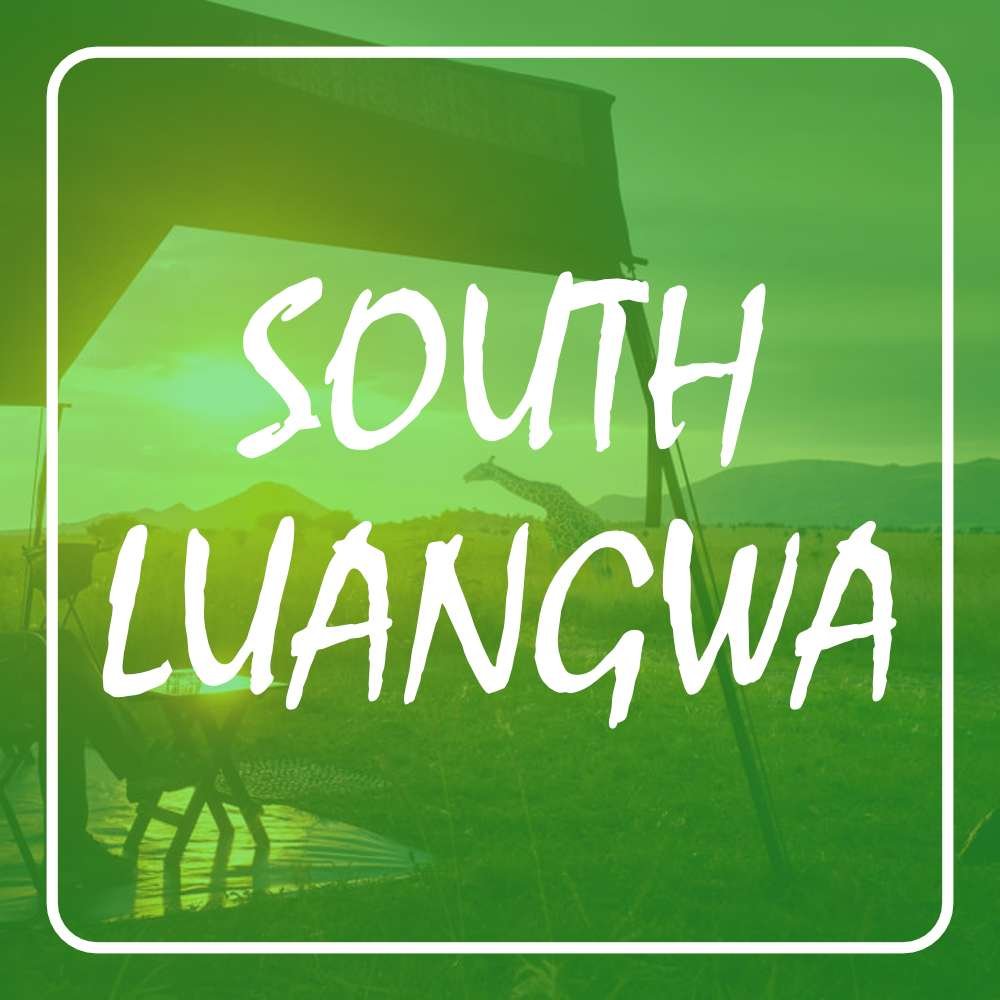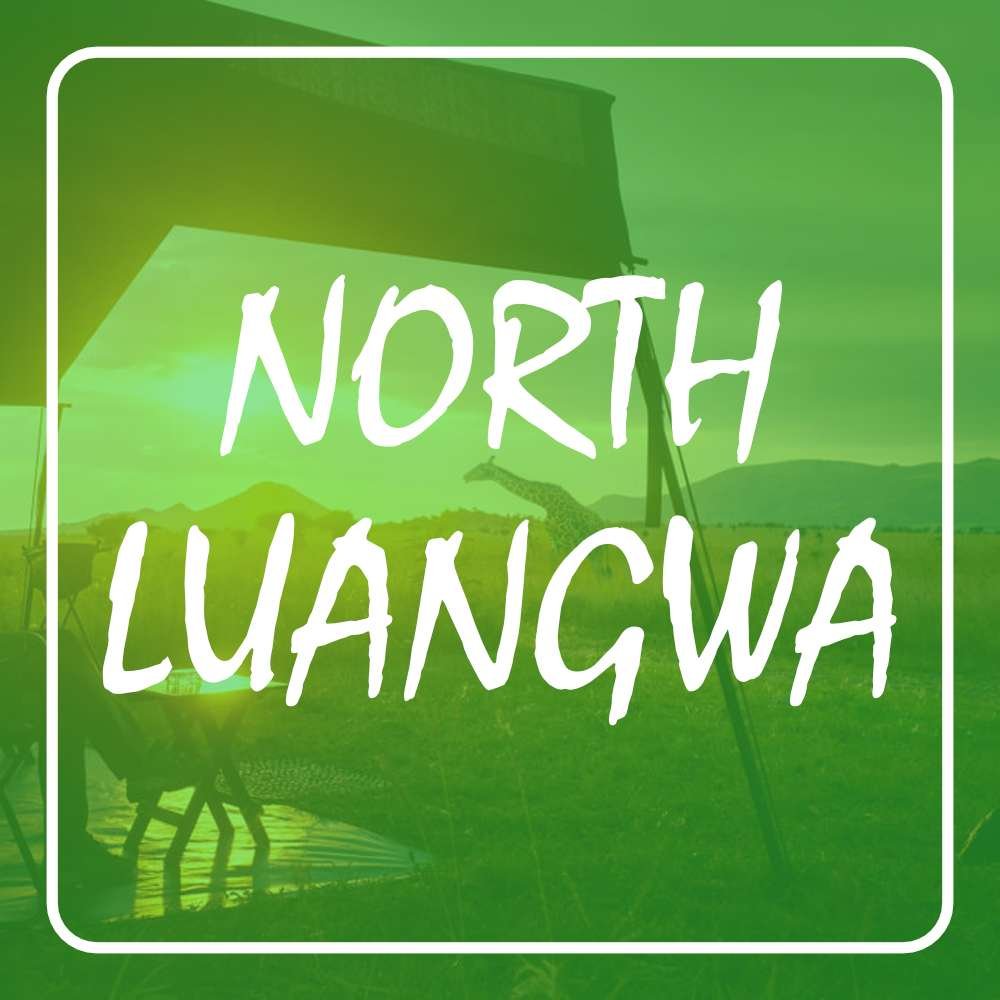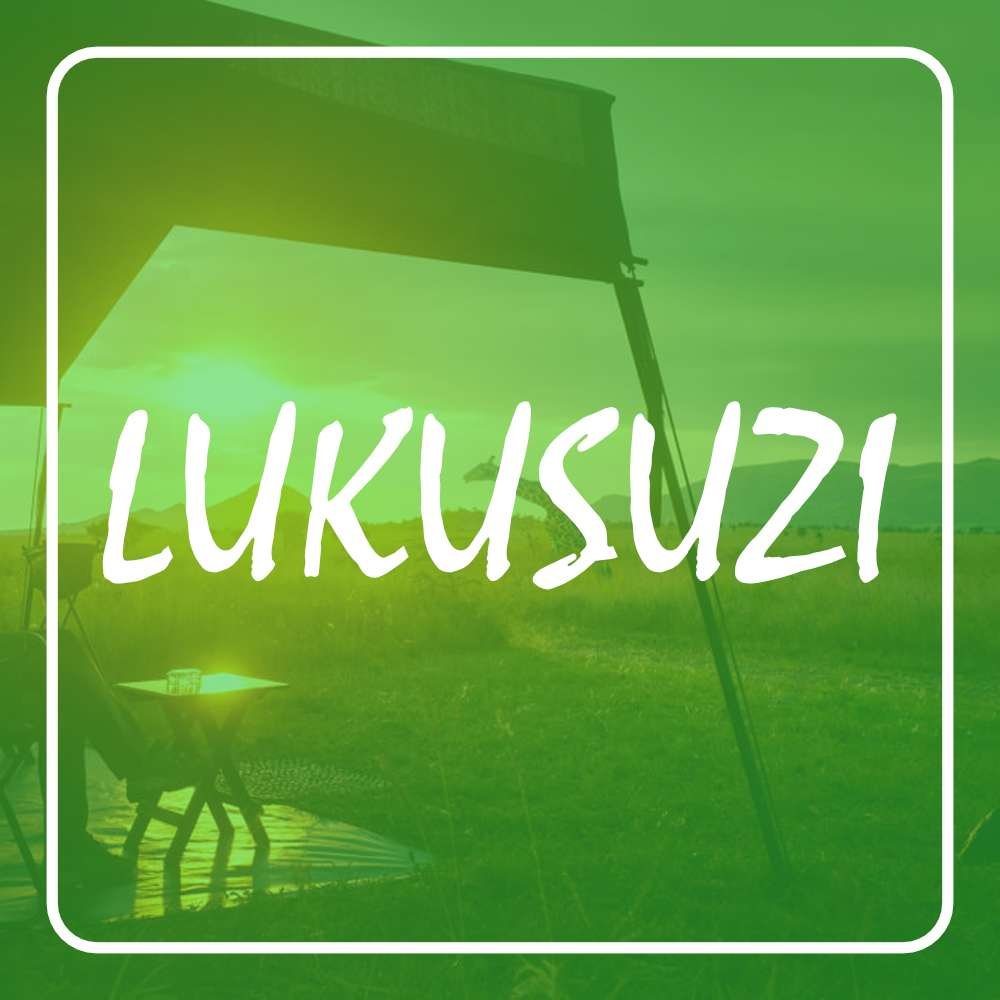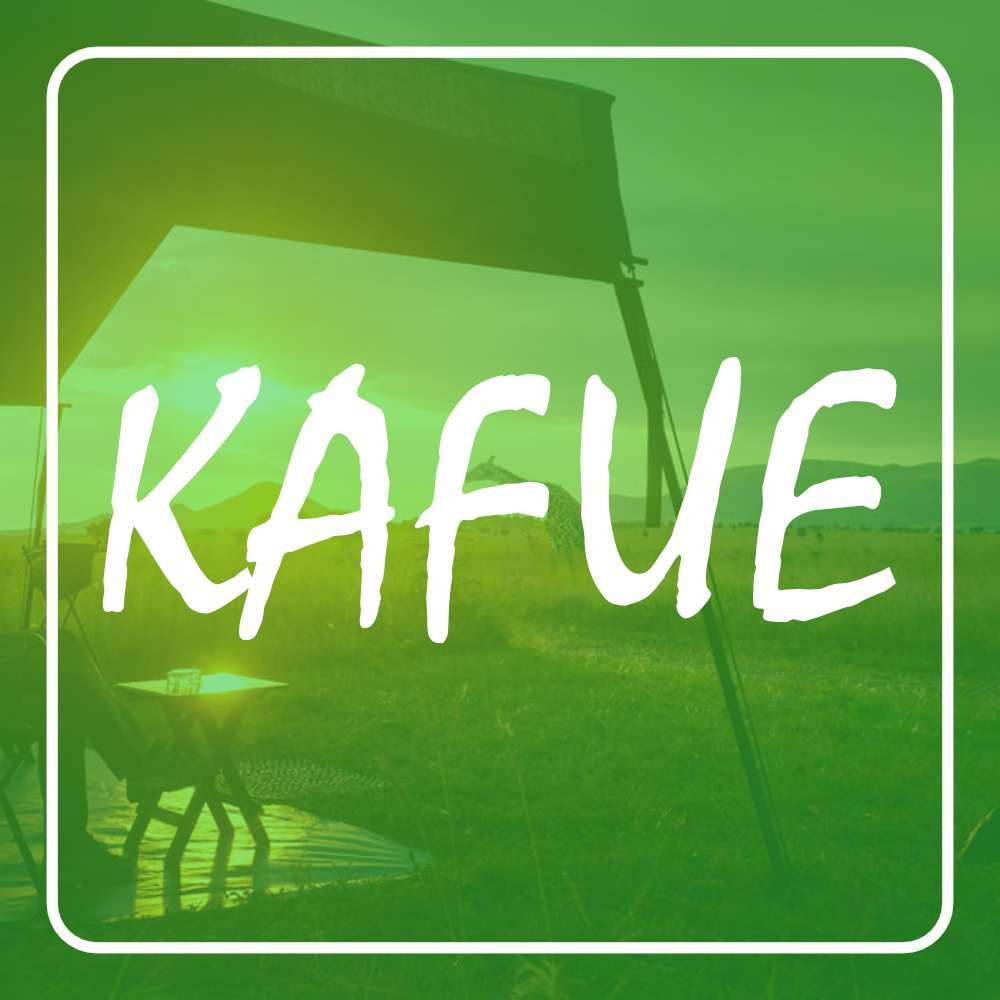Mosi-Oa-Tunya National Park
- Governing Body: Department of National Parks and Wildlife
- Coordinates: 17°52′S 25°50′E
- Type: National Park
- Area: 66km2
- Established: 1989
- Nearest District(s): Livingstone
- Province(s): Southern
- Countries: Zambia
Share:
General Information
The Mosi Oa Tunya National park is a UNESCO World Heritage site that is home to one half of the Mosi-oa-Tunya Falls, “the Smoke that Thunders”, on the Zambezi River in livingstone shared between Zambia and Zimbabwe. The park is twin to the Victoria Falls National Park on the Zimbabwean side.
‘Mosi-oa-Tunya’ comes from the Kololo or Lozi language, and the name is now used throughout Zambia and in parts of Zimbabwe.
Infrastructure & Accessibility
The Park has two main sections. The falls section and the rest of the park. The Knife-Edge Bridge was constructed in this area in the 1960s to enable access on foot to the cliffs looking over the Rainbow Falls and the First Gorge’s exit to the Boiling Pot in the Second Gorge. A steep footpath also goes down to the Boiling Pot, with views of the Second Gorge and the Victoria Falls Bridge.
In the area directly before the river plunges over Victoria Falls, there is a small undeveloped stretch of the park which is currently the only riverfront location that can be accessed without paying a fee. It is a crucial location for elephants to cross the river.
Habitat, Flora and Climate
The wildlife park includes tall riverine forest with palm trees, miombo woodland and grasslands.
Wildlife
The Mosi Oa Tunya National park has many animals including Angolan giraffe, Burchell’s zebra, warthog, sable, African buffalo, impala and other antelope.
African elephants are often seen in the park when they cross the river in the dry season from the Zimbabwean side. Vervet monkeys and baboons are common, as they are in the rest of the national park outside the wildlife section.[4] As of January 2009 the commercial wildlife company Lion Encounter has been operating a “walking with lions” experience within the park, with further plans to start a breeding program for the lions within the soon to be expanded Dambwa Forest section of the park. Hippopotamus can be seen from the river bank.
The park currently has a few southern white rhinos, including calves. These are not indigenous to Zambia; they were imported from South Africa. As of 2022, there were 10 white rhinos in the park.
Birdlife
The falls side of the park has has over 35 species of birds including raptors, such as the Taita falcon, Verreaux’s eagle, peregrine falcon and augur buzzard, all of which breed there.
Reptiles & Amphibians
Crocodiles can be seen from the river bank.
Accommodation Type(s)
Hotel(s), Chalet(s), Lodge(s), Camping, Guest House(s), Backpacker(s)Activities
Abseiling, Bungee Jumping, Game Drives, Gorge Swing, Hydrospeeding, Kayaking, River Boarding, Safari Tour, Guided Tour, Swimming, White Water raftingNo donation to this project yet.
| M | T | W | T | F | S | S |
|---|---|---|---|---|---|---|
| 1 | ||||||
| 2 | 3 | 4 | 5 | 6 | 7 | 8 |
| 9 | 10 | 11 | 12 | 13 | 14 | 15 |
| 16 | 17 | 18 | 19 | 20 | 21 | 22 |
| 23 | 24 | 25 | 26 | 27 | 28 | 29 |
| 30 | 31 | |||||


